-
 bitcoin
bitcoin $121833.232455 USD
-0.63% -
 ethereum
ethereum $4394.437030 USD
-2.00% -
 tether
tether $1.000570 USD
0.04% -
 bnb
bnb $1255.553465 USD
-3.73% -
 xrp
xrp $2.814944 USD
-1.59% -
 solana
solana $221.835346 USD
-2.40% -
 usd-coin
usd-coin $0.999869 USD
0.01% -
 dogecoin
dogecoin $0.249495 USD
-1.32% -
 tron
tron $0.336905 USD
-1.24% -
 cardano
cardano $0.816464 USD
-1.69% -
 chainlink
chainlink $22.130946 USD
-1.27% -
 hyperliquid
hyperliquid $44.208522 USD
-3.46% -
 ethena-usde
ethena-usde $1.000521 USD
0.02% -
 sui
sui $3.422897 USD
-2.51% -
 stellar
stellar $0.380164 USD
-1.31%
How to combine KDJ with the moving average system? Which combination is more stable?
Combining KDJ with moving averages provides a robust approach to analyzing market trends and making informed trading decisions, enhancing signal reliability.
May 22, 2025 at 09:14 pm
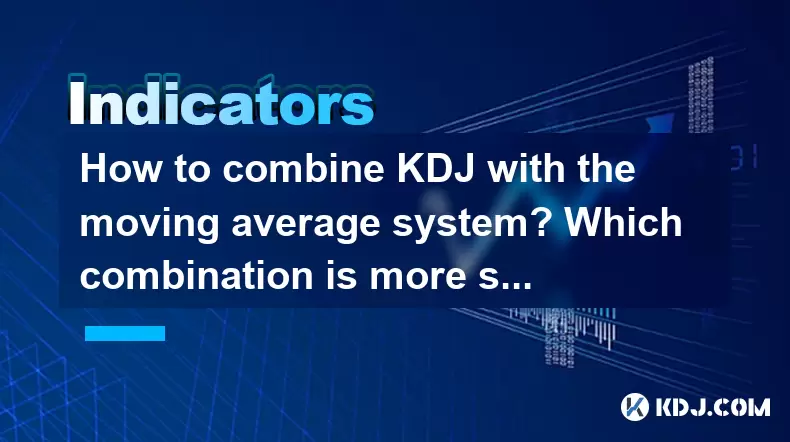
Combining KDJ with the Moving Average System offers traders a robust approach to analyzing market trends and making informed trading decisions. The KDJ indicator, also known as the Stochastic Oscillator, is a momentum indicator that can help identify potential trend reversals and overbought or oversold conditions. When paired with a moving average system, traders can gain a clearer understanding of both short-term and long-term trends. This article will explore how to effectively combine these two tools and discuss which combinations might be considered more stable.
Understanding the KDJ Indicator
The KDJ indicator is a technical analysis tool derived from the stochastic oscillator, designed to predict price movements based on the momentum of the asset. It consists of three lines: K, D, and J. The K line represents the fastest line, the D line is a moving average of the K line, and the J line is calculated to provide additional insights into potential reversals.
- K Line: Calculated as K = (Current Close - Lowest Low) / (Highest High - Lowest Low) * 100
- D Line: A 3-period simple moving average of the K line
- J Line: Calculated as J = 3D - 2K
The KDJ values typically range from 0 to 100, with readings above 80 indicating overbought conditions and readings below 20 indicating oversold conditions. Traders often look for crossovers between these lines to identify potential entry and exit points.
Understanding the Moving Average System
Moving averages are used to smooth out price data to identify the direction of the trend. There are several types of moving averages, but the most common are the Simple Moving Average (SMA) and the Exponential Moving Average (EMA).
- Simple Moving Average (SMA): Calculated by adding the closing prices of a specified number of periods and then dividing by that number.
- Exponential Moving Average (EMA): Gives more weight to recent prices, making it more responsive to new information.
Moving averages can be used in various ways, such as identifying support and resistance levels, confirming trends, and generating buy and sell signals when shorter-term moving averages cross above or below longer-term moving averages.
Combining KDJ with Moving Averages
Combining the KDJ indicator with moving averages can provide traders with a more comprehensive view of the market. Here's how to effectively use these tools together:
Identify Trends with Moving Averages: Start by plotting a long-term moving average (e.g., 50-day or 200-day SMA) on your chart to identify the overall trend. A price above the moving average suggests an uptrend, while a price below indicates a downtrend.
Use KDJ for Entry and Exit Points: Within the context of the identified trend, use the KDJ indicator to find potential entry and exit points. For example, in an uptrend, look for the K line to cross above the D line when the KDJ is in the oversold zone (below 20) as a potential buy signal. Conversely, in a downtrend, look for the K line to cross below the D line when the KDJ is in the overbought zone (above 80) as a potential sell signal.
Confirm Signals with Shorter-Term Moving Averages: To increase the reliability of your signals, consider using a shorter-term moving average (e.g., 10-day or 20-day EMA) to confirm the KDJ signals. A buy signal from the KDJ should be confirmed by the price being above the shorter-term moving average, and a sell signal should be confirmed by the price being below the shorter-term moving average.
Which Combination is More Stable?
The stability of a combination depends on the specific needs and trading style of the trader. However, some combinations are generally considered more stable due to their ability to filter out false signals and provide clearer trend indications.
KDJ with Long-Term SMA: Combining the KDJ with a long-term SMA (e.g., 200-day SMA) can be considered more stable for long-term trend followers. The long-term SMA helps to filter out short-term noise, providing a clearer picture of the overall trend. The KDJ can then be used to identify entry and exit points within this trend.
KDJ with Shorter-Term EMA: For traders focusing on shorter-term trends, combining the KDJ with a shorter-term EMA (e.g., 20-day EMA) can offer more timely signals. The EMA's responsiveness to recent price changes can help traders capture shorter-term movements, while the KDJ can still provide insights into potential reversals.
KDJ with Multiple Moving Averages: Using multiple moving averages (e.g., 10-day, 50-day, and 200-day) in conjunction with the KDJ can provide a multi-timeframe analysis, increasing the stability of the signals. The KDJ can be used to identify short-term entry and exit points, while the moving averages can confirm the trend across different timeframes.
Practical Example of Combining KDJ and Moving Averages
Let's walk through a practical example of how to use the KDJ and moving averages together to make a trading decision:
Step 1: Identify the Trend with a Long-Term Moving Average: Plot a 200-day SMA on your chart. If the price is above the 200-day SMA, the overall trend is considered bullish.
Step 2: Use the KDJ to Find Entry Points: Within the bullish trend, monitor the KDJ indicator. Look for the K line to cross above the D line when the KDJ is in the oversold zone (below 20). This could be a potential buy signal.
Step 3: Confirm with a Shorter-Term Moving Average: Before entering the trade, check the position of the price relative to a shorter-term moving average (e.g., 20-day EMA). If the price is also above the 20-day EMA, this confirms the bullish signal from the KDJ.
Step 4: Set Stop-Loss and Take-Profit Levels: Once you enter the trade, set a stop-loss below the recent swing low to manage risk. Set a take-profit level based on your risk-reward ratio and market analysis.
Step 5: Monitor the Trade: Keep an eye on the KDJ and moving averages. If the KDJ moves into the overbought zone (above 80) and the K line crosses below the D line, consider this as a potential exit signal. Confirm this with the price moving below the 20-day EMA.
FAQs
Q1: Can the KDJ indicator be used without moving averages?Yes, the KDJ indicator can be used as a standalone tool to identify potential entry and exit points based on overbought and oversold conditions. However, combining it with moving averages can provide additional context about the overall trend, increasing the reliability of the signals.
Q2: How do I choose the right periods for the moving averages?The choice of periods for moving averages depends on your trading timeframe and style. For long-term trend analysis, longer periods like the 50-day or 200-day SMA are commonly used. For shorter-term trading, shorter periods like the 10-day or 20-day EMA can be more suitable. Experiment with different periods to find what works best for your strategy.
Q3: Is it possible to use the KDJ indicator with other technical indicators besides moving averages?Yes, the KDJ indicator can be combined with other technical indicators such as the Relative Strength Index (RSI), the Moving Average Convergence Divergence (MACD), or Bollinger Bands to create a more comprehensive trading strategy. Each indicator can provide unique insights, and combining them can help confirm signals and increase the probability of successful trades.
Q4: How can I avoid false signals when using the KDJ and moving averages?To minimize false signals, consider the following strategies:
- Use Multiple Timeframes: Analyze the same asset across different timeframes to confirm the trend and signals.
- Wait for Confirmation: Do not act immediately on a signal from the KDJ; wait for confirmation from the moving averages or other indicators.
- Use Trend Filters: Only take signals that align with the overall trend identified by the long-term moving average.
- Adjust Sensitivity: Experiment with different settings for the KDJ and moving averages to find a balance between sensitivity and reliability that suits your trading style.
Disclaimer:info@kdj.com
The information provided is not trading advice. kdj.com does not assume any responsibility for any investments made based on the information provided in this article. Cryptocurrencies are highly volatile and it is highly recommended that you invest with caution after thorough research!
If you believe that the content used on this website infringes your copyright, please contact us immediately (info@kdj.com) and we will delete it promptly.
- Trump Tariffs, Global Selloff, and the Bitcoin Crash: What's a New Yorker to Do?
- 2025-10-11 06:25:12
- Shiba Inu and the $1 Dream: A NYC Reality Check
- 2025-10-11 06:45:15
- Trump Tariffs, China, and a Bitcoin Fall: Decoding the Crypto Market's Reaction
- 2025-10-11 06:45:15
- Flora Growth Rebrands as ZeroStack: A $401M Bet on the $0G Token and Decentralized AI
- 2025-10-11 06:25:12
- Stablecoin Saga: USST's Peg Wobble and the Quest for Dollar Stability
- 2025-10-11 06:50:01
- Pepe, Trump, and the Meme Coin Mania: What's Hot in 2025?
- 2025-10-11 06:50:01
Related knowledge
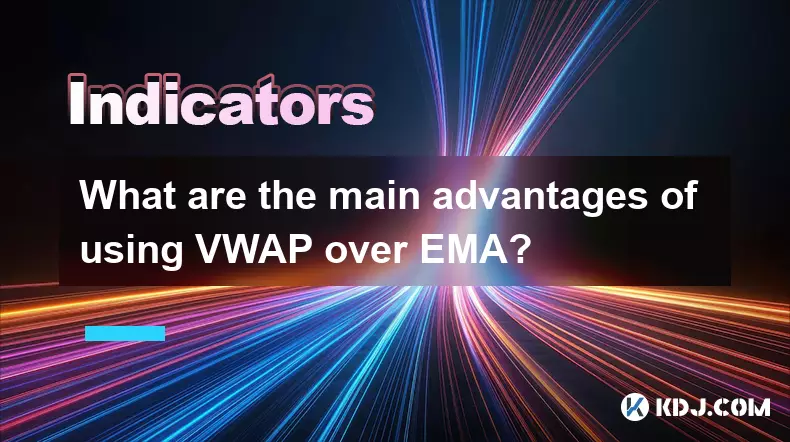
What are the main advantages of using VWAP over EMA?
Oct 11,2025 at 02:18am
Main Advantages of Using VWAP Over EMA1. Volume-Weighted Average Price (VWAP) incorporates trading volume into its calculation, offering a more accura...
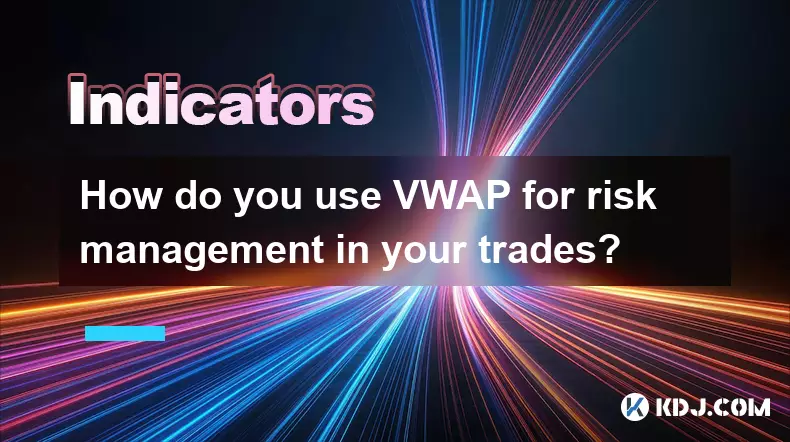
How do you use VWAP for risk management in your trades?
Oct 11,2025 at 02:54am
Understanding VWAP as a Dynamic Benchmark1. The Volume Weighted Average Price (VWAP) serves as a crucial reference point in intraday trading by reflec...
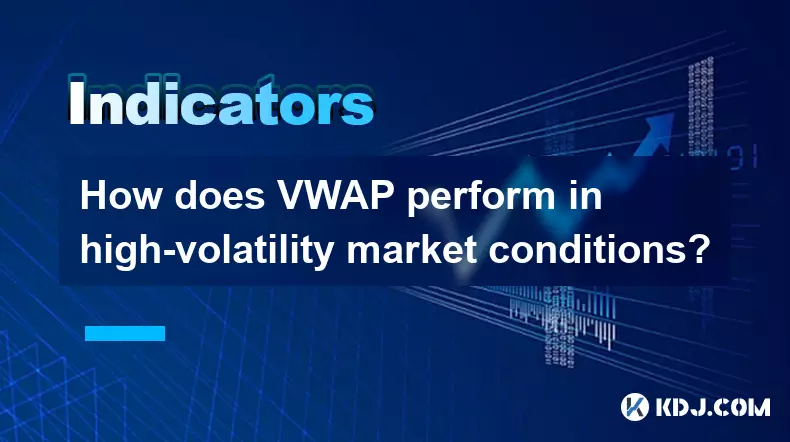
How does VWAP perform in high-volatility market conditions?
Oct 10,2025 at 08:00pm
Understanding VWAP in Turbulent Market Phases1. Volume-Weighted Average Price (VWAP) serves as a benchmark for institutional traders aiming to assess ...
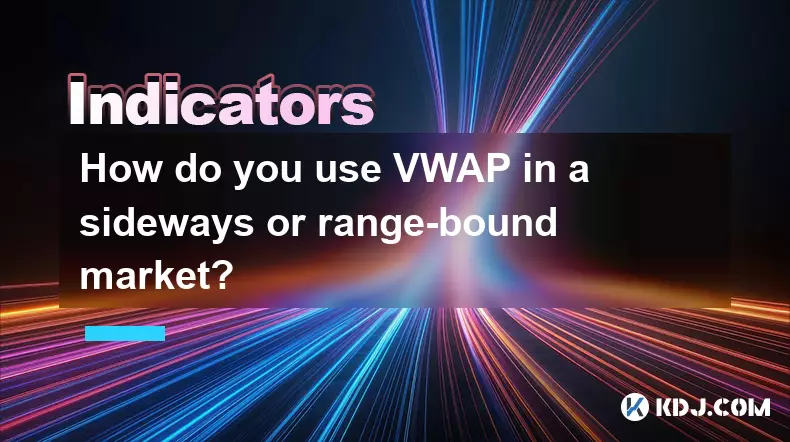
How do you use VWAP in a sideways or range-bound market?
Oct 10,2025 at 10:00am
Understanding VWAP in Range-Bound Conditions1. The Volume Weighted Average Price (VWAP) serves as a benchmark for intraday trading, combining both pri...
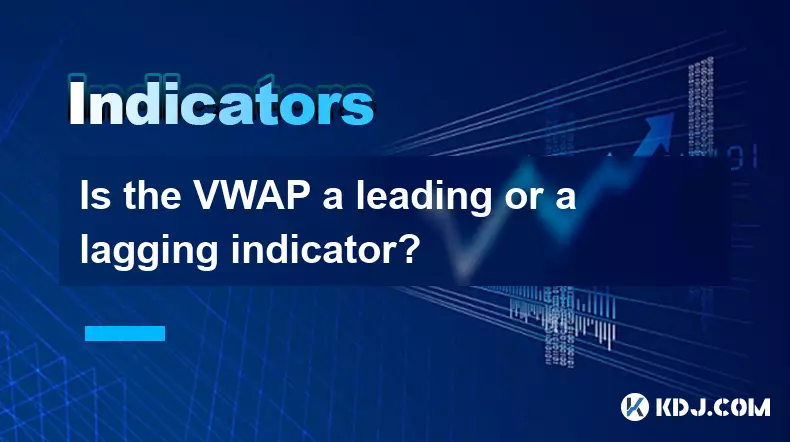
Is the VWAP a leading or a lagging indicator?
Oct 10,2025 at 09:37am
Understanding VWAP in the Context of Crypto Trading1. The Volume Weighted Average Price (VWAP) serves as a benchmark for traders analyzing intraday pr...
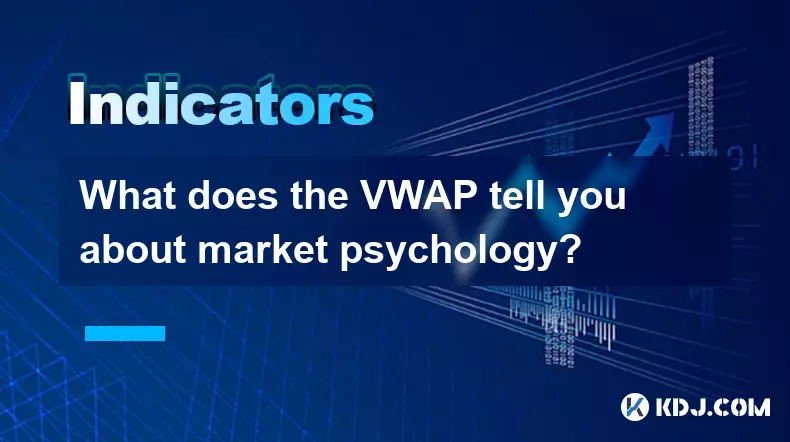
What does the VWAP tell you about market psychology?
Oct 10,2025 at 03:00pm
Understanding VWAP as a Reflection of Market Sentiment1. The Volume Weighted Average Price (VWAP) serves as a benchmark that reflects the average pric...

What are the main advantages of using VWAP over EMA?
Oct 11,2025 at 02:18am
Main Advantages of Using VWAP Over EMA1. Volume-Weighted Average Price (VWAP) incorporates trading volume into its calculation, offering a more accura...

How do you use VWAP for risk management in your trades?
Oct 11,2025 at 02:54am
Understanding VWAP as a Dynamic Benchmark1. The Volume Weighted Average Price (VWAP) serves as a crucial reference point in intraday trading by reflec...

How does VWAP perform in high-volatility market conditions?
Oct 10,2025 at 08:00pm
Understanding VWAP in Turbulent Market Phases1. Volume-Weighted Average Price (VWAP) serves as a benchmark for institutional traders aiming to assess ...

How do you use VWAP in a sideways or range-bound market?
Oct 10,2025 at 10:00am
Understanding VWAP in Range-Bound Conditions1. The Volume Weighted Average Price (VWAP) serves as a benchmark for intraday trading, combining both pri...

Is the VWAP a leading or a lagging indicator?
Oct 10,2025 at 09:37am
Understanding VWAP in the Context of Crypto Trading1. The Volume Weighted Average Price (VWAP) serves as a benchmark for traders analyzing intraday pr...

What does the VWAP tell you about market psychology?
Oct 10,2025 at 03:00pm
Understanding VWAP as a Reflection of Market Sentiment1. The Volume Weighted Average Price (VWAP) serves as a benchmark that reflects the average pric...
See all articles










































































